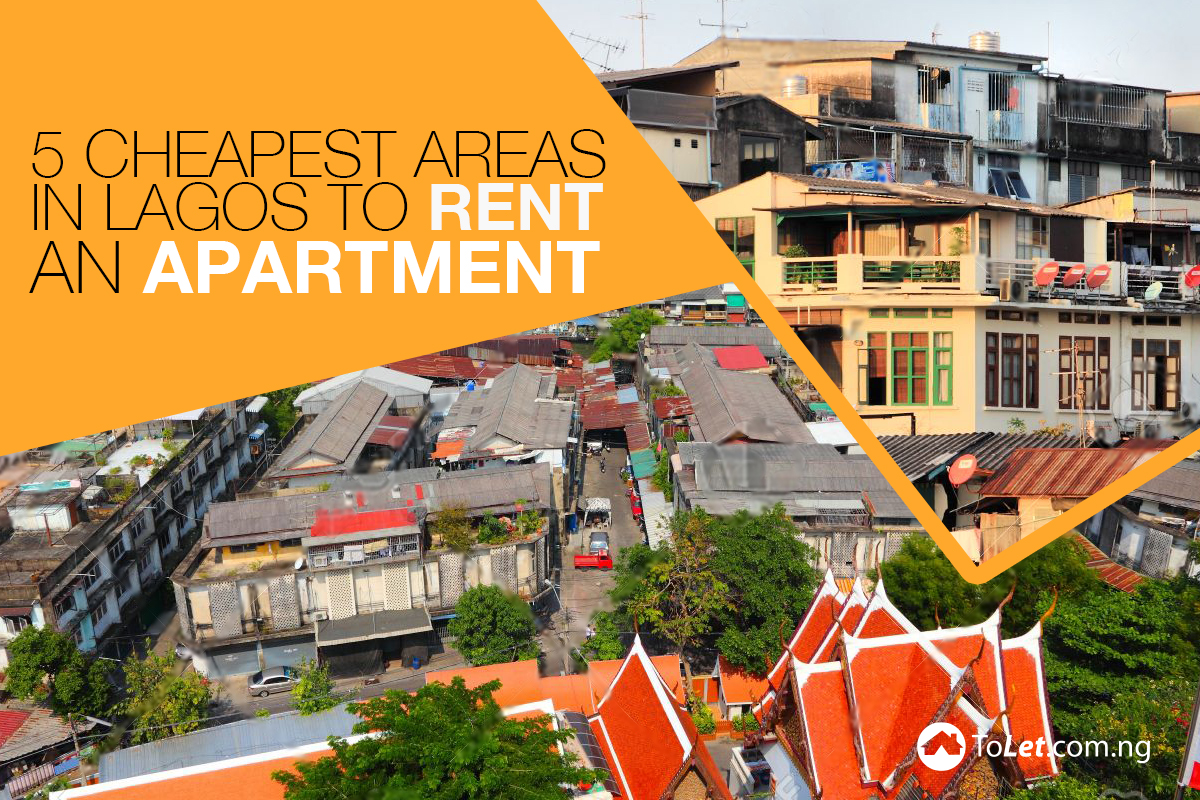What You Need To Know About Low Cost Housing in Nigeria

Nigeria has a housing deficit of 17 million units and more than 60% of Lagosians live in slums and substandard housing. Affordable housing schemes in Nigeria have been proposed several times prior as a solution to the housing problem. In 1991, the government rolled out “Housing for All by the Year 2000 AD” that was supposed to ensure all Nigerians had decent, affordable housing by the turn of the millennium. The National Housing Policy (NHP) created in 2006 was yet again another proposed solution to a growing and recurring problem of housing shortage and in 2013, the government commissioned the Nigerian Mortgage Refinance Company (NMRC), a private sector-driven mortgage refinancing company with the public purpose of promoting home ownership for Nigerians while deepening the primary and secondary mortgage markets.
ALSO READ: Private Equity Funds to be Made Available in the Real Estate Sector
These schemes are yet to make a substantial impact on the housing deficit and more than half of working class Nigerians still can’t afford the double digit mortgage payments or the high rent fees. The cost of building most of these housing estates is such that any attempt to distribute the homes at absolute giveaway prices would result in an overwhelming budget deficit for the government.
ALSO READ: Save Cost; Build Your Home With Recycled Materials
Low cost housing might just prove to be the lasting solution that the housing problem needs. The phrase “low-cost” was often thrown around during the pre-planning and planning stages of the existing and defunct affordable housing schemes but the reality was often difficult to achieve. This is because the cost of building with the traditional materials used in Nigeria has steadily risen over the years. The unstable nature of the Nigerian economy over the past two decades, corruption and failure to completely take the standard of living & minimum wage into account have also been a stumbling block to the effectiveness of these schemes till date.
CHECK OUT: Affordable Flats For Rent in Ipaja
It might be time to look away from the materials we currently employ in order to truly make affordable houses for minimum wage earners. Maximizing small spaces and choosing the right construction materials are essential factors that must be thoroughly considered in order to make houses at the lowest cost possible. Of course, proper consideration for natural factors must be taken in choosing building materials. Efficient planning and project management, economical construction technologies and use of alternate construction methods available are also crucial in building low-cost houses. When choosing building materials for low-cost housing, the following are essential:
- Recycling of wastes: Use materials that can be recycled from waste in an energy efficient method.
- Reducing Energy Consumption and use of Natural materials: Choose naturally appearing materials like stone, lime, sand and bamboo as well as materials that require less energy consumption to manufacture so as to reduce overall cost.
- Use of Local material: Materials found within the locality of the construction should be selected in order to minimize transport costs.
- Longevity, durability, and maintenance of building material: Maintenance costs must be kept to a bare minimum since it defeats the purpose of standard yet affordable housing if major renovation expenses are incurred as soon as possible.
- Recyclability and reusability of building material: The building materials used should be easily recyclable and reusable. Eg. – the plastics waste can be used for recycling and producing newer materials. The scrap from steel can be used to manufacture the rcc bars, binding covers and other miscellaneous steel products in building construction
Recent developments in Nigeria point to Cargotecture – building houses using shipping containers – as a viable low-cost housing method for fixing the gap in housing that Nigeria experiences today. ISO shipping containers are a good fit with the guidelines listed and a cheaper alternative to the block structures we currently have in the country. Besides their ingenious designs (you’ve definitely got to be creative to sell someone a box of metal as a home), they’re also pretty mobile and require little time construction time. The abundance of disused containers in our major ports means it requires much less capital cost to implement such a scheme. However, there’s still the problem of managing how heat and humidity affect the metal material that the containers are made of.
ALSO READ: Affordable Ways for Redesigning your Home
Nigeria’s still a long way from solving its housing problem and despite the immense economic benefit of a project like the Eko Atlantic, improving the welfare of its citizens must also be paramount. Truly low-cost housing scheme are those which are affordable not just in name but can actually be financed (through mortgages) by low-income earners. Single digit mortgage interest rates and affordable rent costs for those who cannot finance a mortgage must be made available. Until then, get the best house deals and quality living spaces at ToLet.com.ng











2 Comments